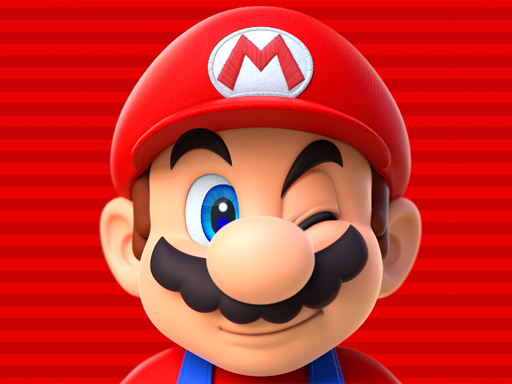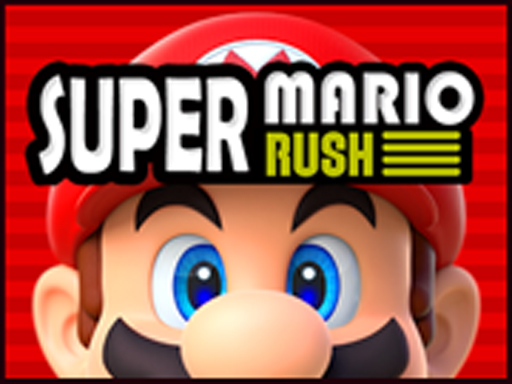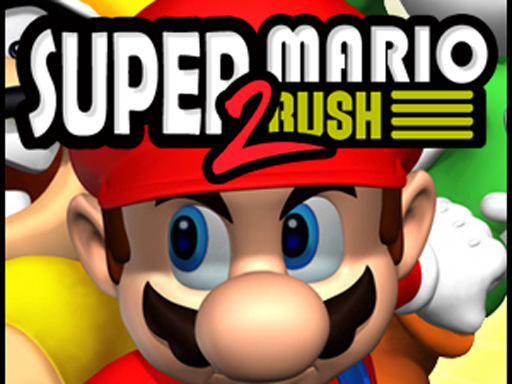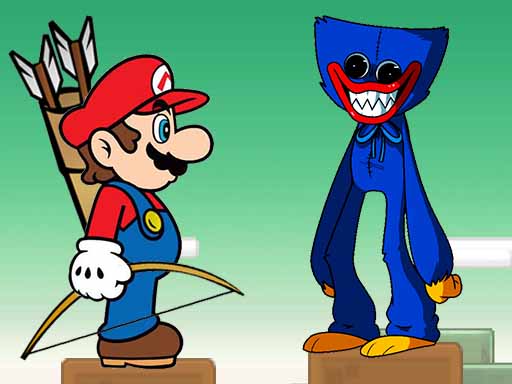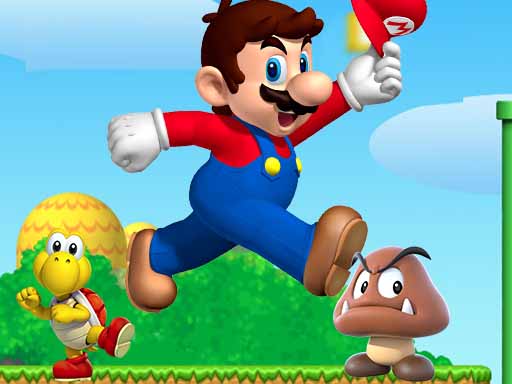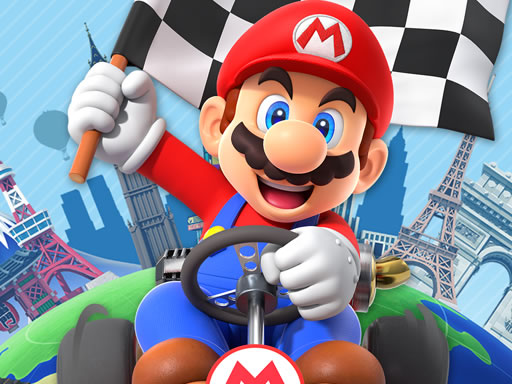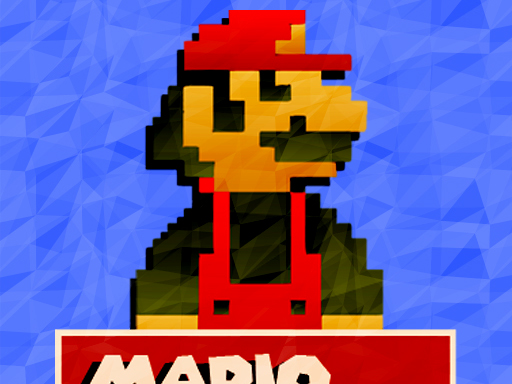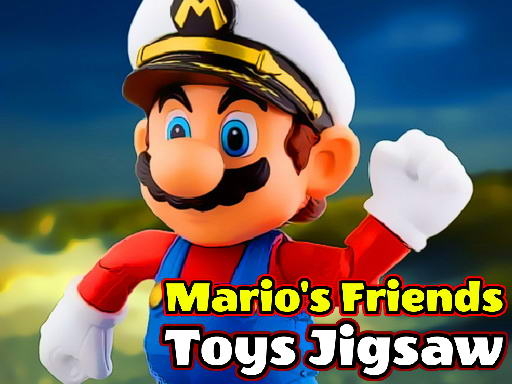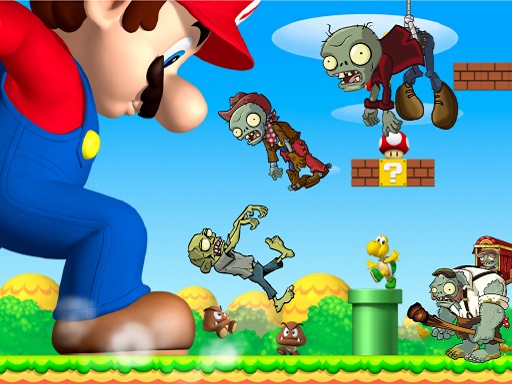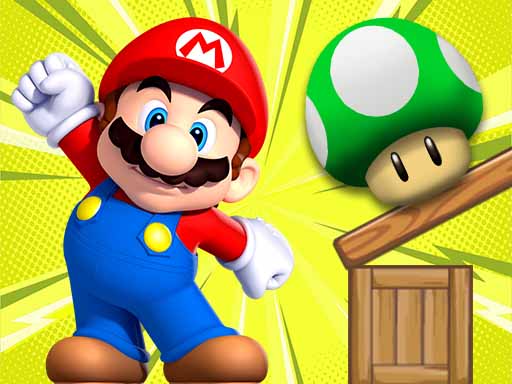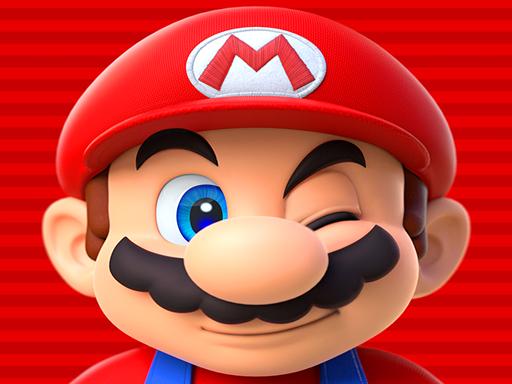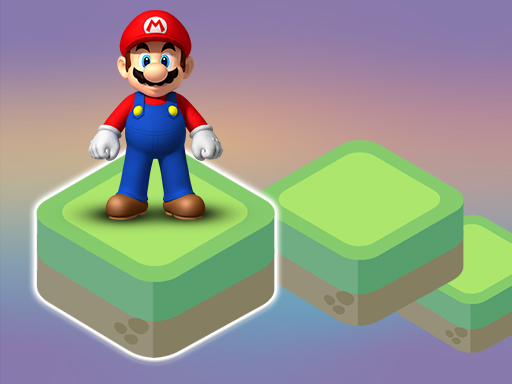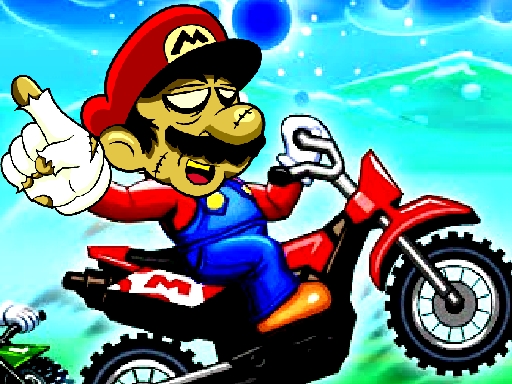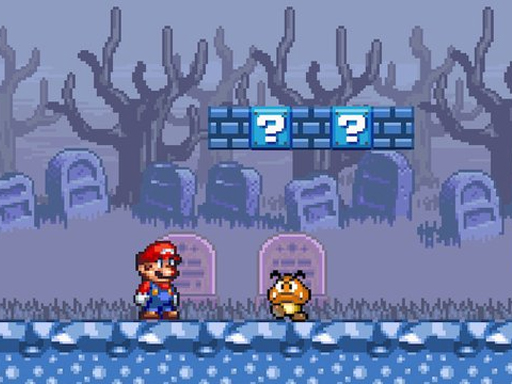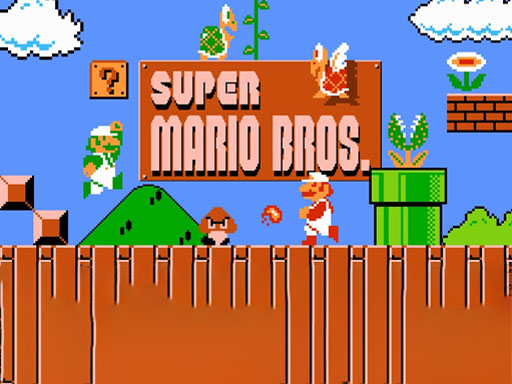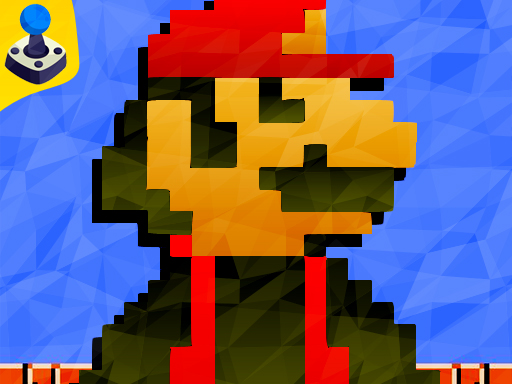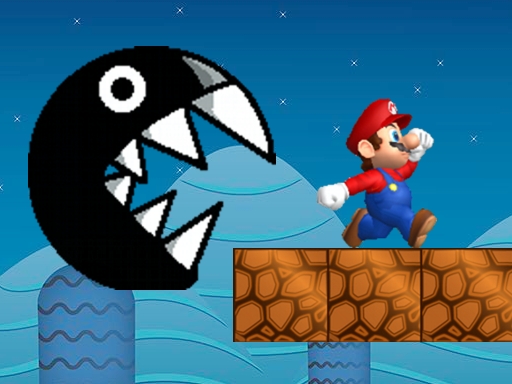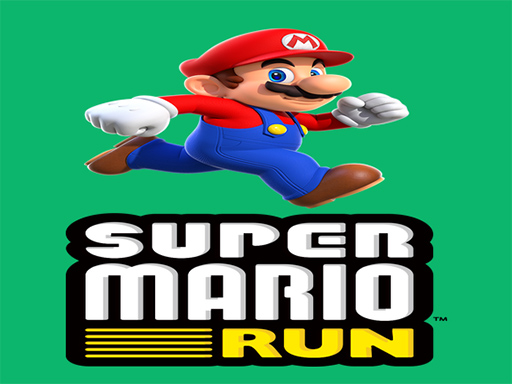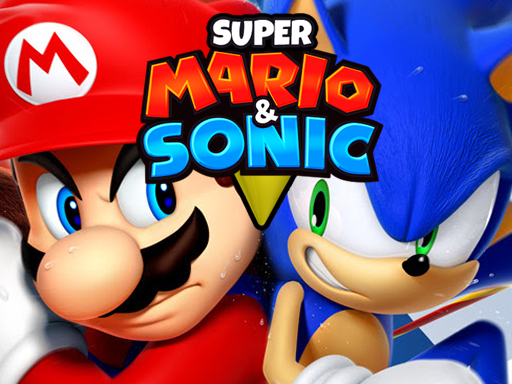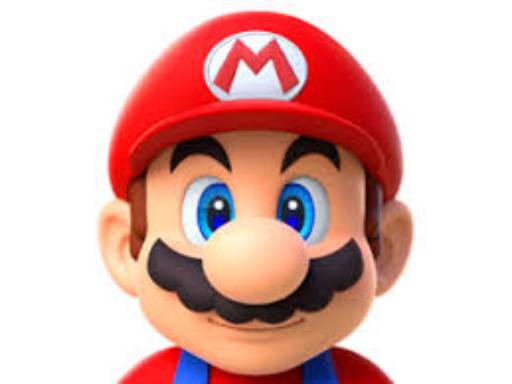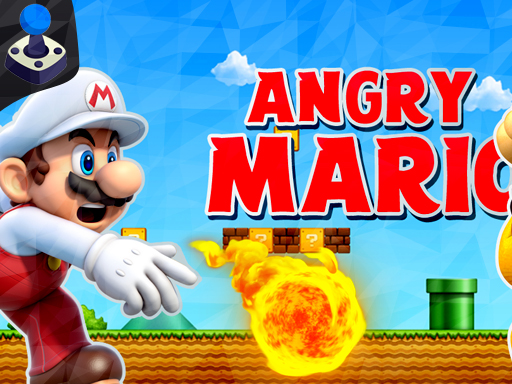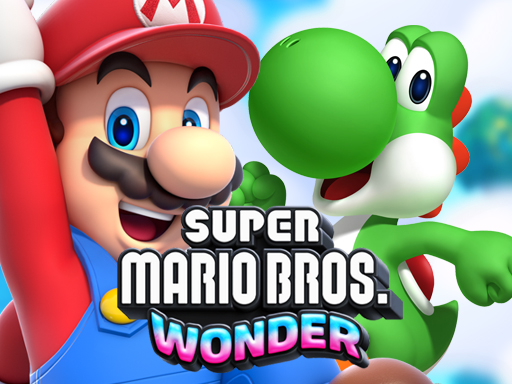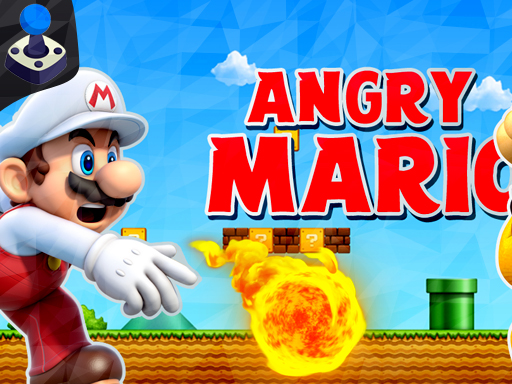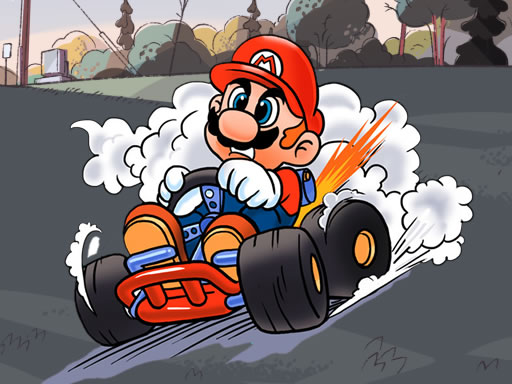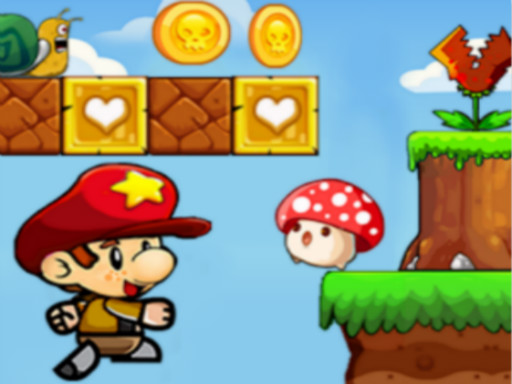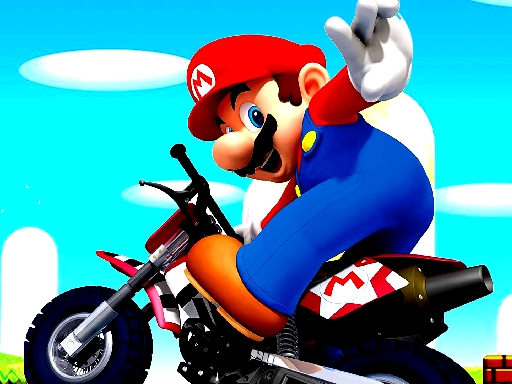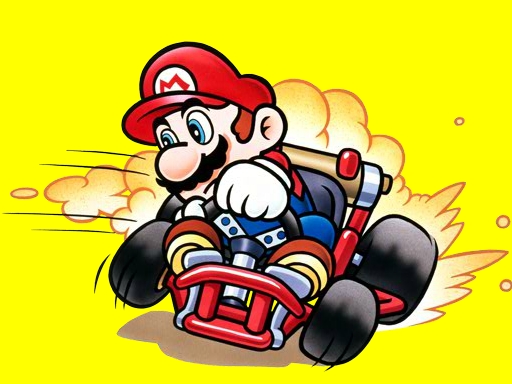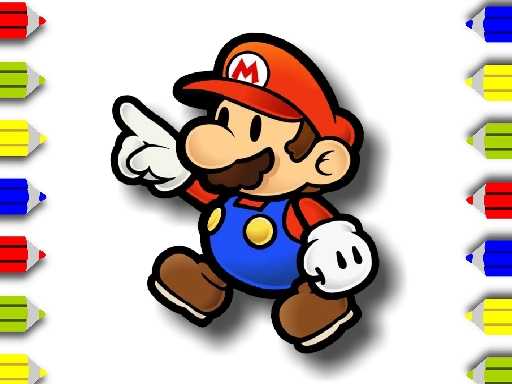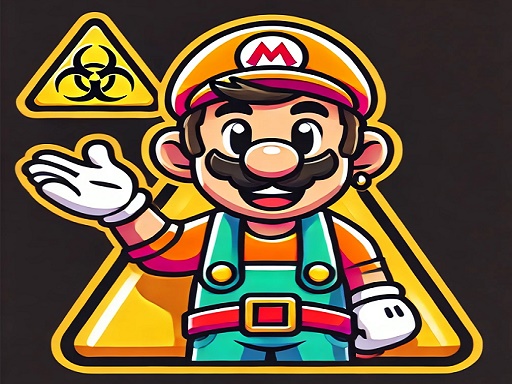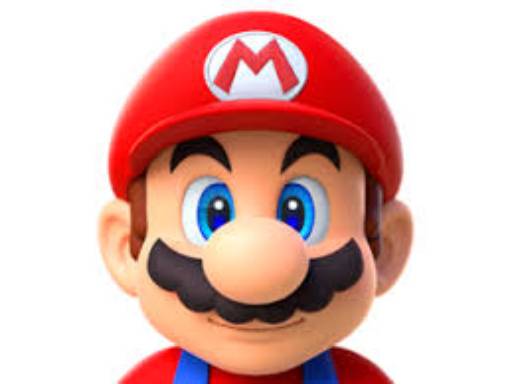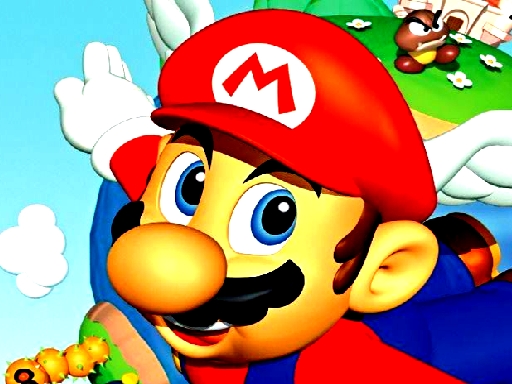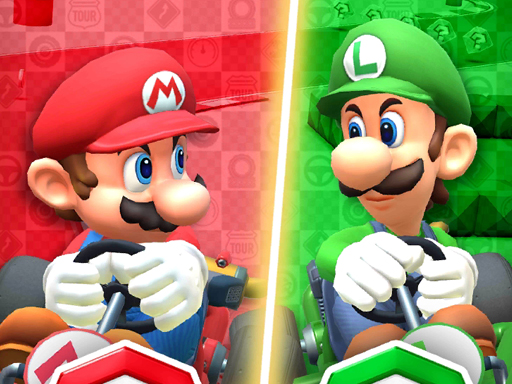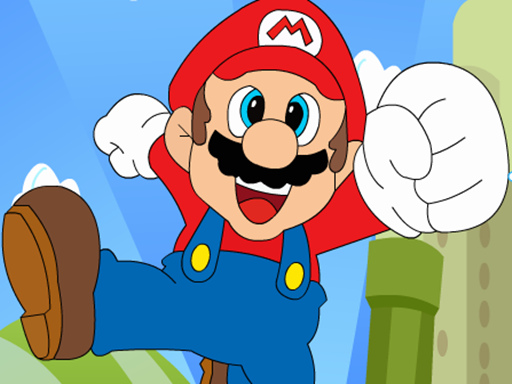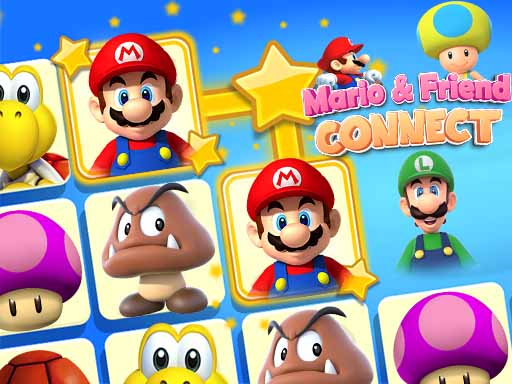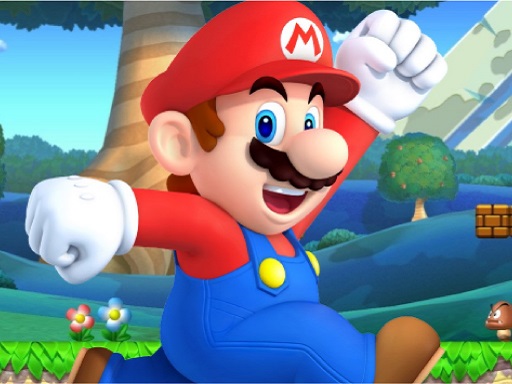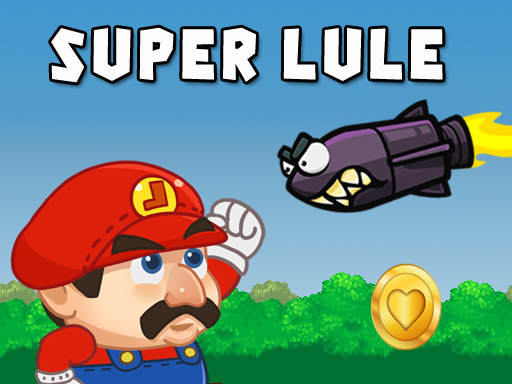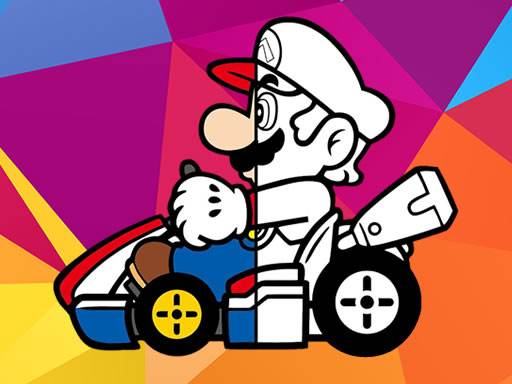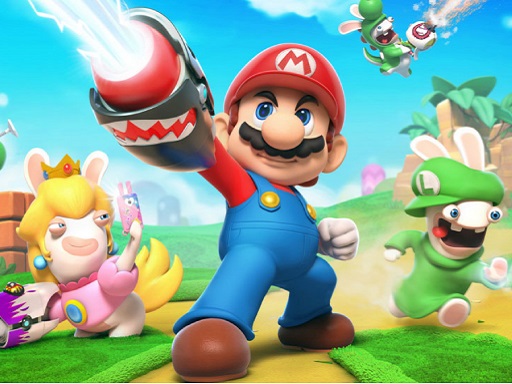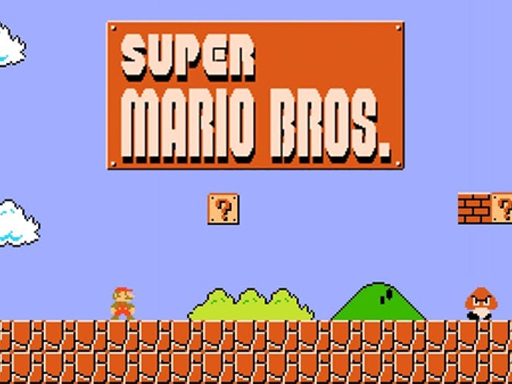
"Super Mario Classic" generally refers to the 2D side-scrolling platforming games that established the core mechanics and iconic imagery of the Super Mario franchise. These are the games that many people visualize when they think of "Mario."
While the term can be a bit subjective, it most commonly encompasses the titles released on the Nintendo Entertainment System (NES) and Super Nintendo Entertainment System (SNES), along with modern games that explicitly harken back to that style.
Here are the key games typically considered "Super Mario Classic":
The Definitive "Classic" Super Mario Games:
-
Super Mario Bros. (1985, NES):
- The Original: This is the game that defined the genre and the series. It introduced the Mushroom Kingdom, Bowser, Princess Peach (then Toadstool), Goombas, Koopa Troopas, Super Mushrooms, Fire Flowers, and the Starman.
- Gameplay: Simple yet revolutionary side-scrolling platforming, with Mario running and jumping to the right, avoiding enemies, and smashing blocks.
- Legacy: One of the best-selling and most influential video games of all time.
-
Super Mario Bros.: The Lost Levels (1986, Famicom Disk System / SNES as part of Super Mario All-Stars):
- The "True" Sequel (in Japan): Originally released in Japan as Super Mario Bros. 2, it was deemed too difficult for Western audiences.
- Gameplay: Extremely challenging, building directly on Super Mario Bros. with punishing level design, new enemies like the Poison Mushroom, and wind effects.
-
Super Mario Bros. 2 (1988, NES - Western Release):
- The Oddball: This is actually a re-skin of a Japanese game called Yume Kōjō: Doki Doki Panic.
- Gameplay: Very different from other Mario games, featuring character selection (Mario, Luigi, Toad, Peach each with unique abilities), enemy-lifting and throwing, and vertical level design. Despite its origin, it introduced many elements that became Mario staples, like Shy Guys and Bob-ombs.
-
Super Mario Bros. 3 (1988, NES):
- Masterpiece of the NES Era: Widely considered one of the greatest games ever made.
- Gameplay: Expanded significantly on the original with a non-linear overworld map, diverse and imaginative level themes, and a wealth of iconic power-ups like the Super Leaf (Raccoon Mario), Frog Suit, Hammer Suit, and Tanooki Suit.
- Legacy: Pushed the NES to its absolute limits and set a new standard for platformers.
-
Super Mario World (1990, SNES):
- SNES Debut and Innovation: Launched with the Super Nintendo and quickly became a classic.
- Gameplay: Introduced Yoshi as a rideable companion, the Cape Feather (for superior flight), levels with multiple exits and secret paths, and a much more expansive, interconnected world map.
- Visuals & Sound: Featured significantly enhanced graphics and sound thanks to the SNES's capabilities.
Why are these considered "Classic"?
- Pioneering 2D Platforming: These games established the genre's conventions, from precise jumping and enemy stomping to secret areas and innovative power-ups.
- Iconic Design: They introduced most of the enduring characters, enemies, items, and visual motifs (like Warp Pipes, Question Blocks, flagpoles, castles) that are synonymous with the Mario brand.
- Influence: They set the foundation for countless platforming games that followed and continue to influence game design today.
- Nintendo's Golden Era: They represent a golden age for Nintendo's hardware and software dominance.
Modern Games in the "Classic" Style:
While not from the original era, these games intentionally emulate and evolve the classic 2D formula:
- Super Mario Land (1989, Game Boy): Mario's first portable adventure, a more simplified take on the SMB formula for the Game Boy's monochrome screen.
- Super Mario Land 2: 6 Golden Coins (1992, Game Boy): A significant improvement over the first Land game, introducing Wario.
- New Super Mario Bros. series (starting 2006, DS): These games brought back the "classic" 2D side-scrolling style to modern consoles and handhelds, often with 3D models and 4-player multiplayer. While some argue they lack the innovation of the true classics, their gameplay is undeniably rooted in the NES/SNES era.
- Super Mario Bros. Wonder (2023, Switch): A recent return to 2D Mario that is widely praised for its incredible creativity, fluid animations, and innovative "Wonder Flower" effects, marking a fresh evolution of the classic formula.
In essence, "Super Mario Classic" refers to the foundational 2D platforming adventures that shaped the franchise into the global phenomenon it is today.
